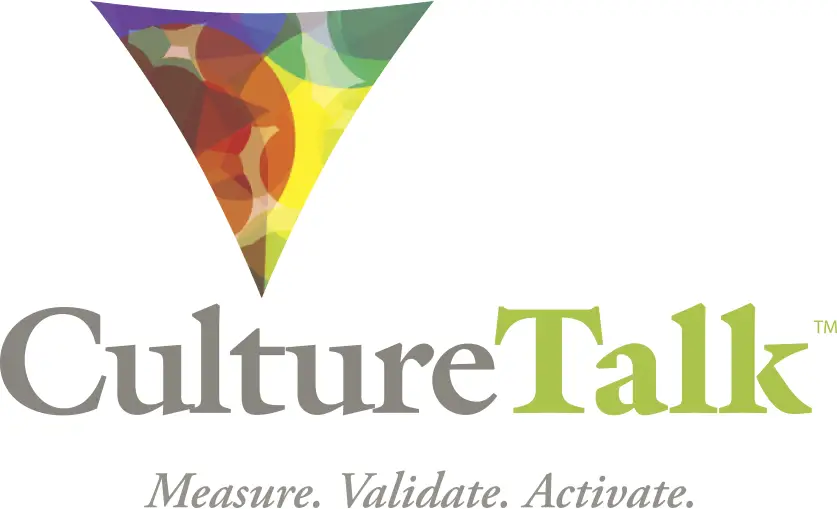Look, all of this talk about representing the company differently to different audiences is good news: it gives the company depth and dimension, it keeps the company from looking monotonous or from sounding monotone. The best speakers, teachers, and comedians adjust their delivery based on who they’re speaking to at the time. You wouldn’t give the same inspirational pep talk to a group of high school students as you would a group of senior citizens in assisted living. Different things motivate each audience differently and independently.
Try this at home sometime: the next time you prepare a slide deck for a corporate pitch, run it by your teenager first. If they’re still awake at the end, ask them if your’s is the kind company they’d like to work for. Chances are they’ll say “yes” in an effort not to hurt your feelings; chances are they’re screaming bloody murder in their heads, chances are you’ll never get them to listen to another presentation as long as you live. Chances are, it’s time to work on your employment brand.







